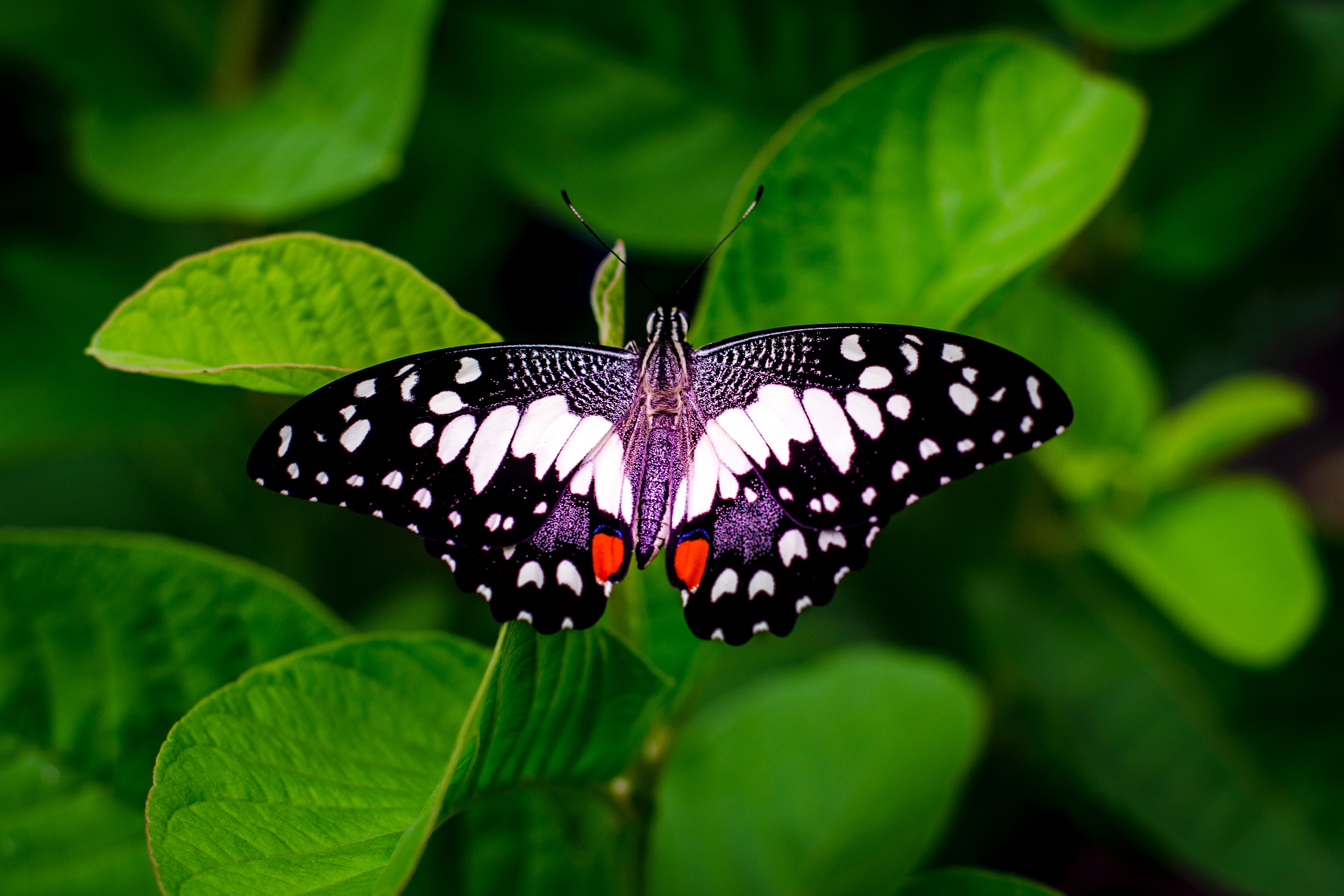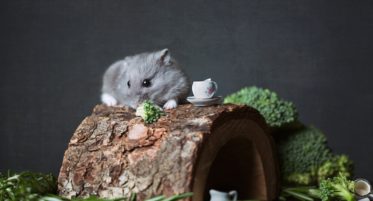
Prompt Images
The bird and the butterfly share an ecosystem, but one is not like the other.
In the comfort of its nest, the bird is fed worms from birth and kept safe under its mother’s wing until it’s ready to hop and eventually fly away from home.
Many hatchlings have it rough, but in general, the bird’s flight path after its first year is as straightforward as the food chain dictates. For an adult bird, predators are few and ceilings irrelevant.
As a fledgling, the bird is taught by other birds the path of the butterfly, learning about its metamorphosis from caterpillar to pupa to beautifully marked sky-dweller.
From the bird’s-eye view, the butterfly doesn’t have it that bad.
Even if it’s just for a month or a week or a morning or a moment, the butterfly is one with the wind just like the bird, reaching heights earthworms only dream of.
The butterfly, with its beautiful scars, flies lower to the ground than the bird, carrying a unique perspective having once crawled in spaces the bird was born looking down at.
What the bird calls “metamorphosis,” the butterfly calls pain, struggle and fear.
The flight the bird takes for granted requires a butterfly twice as much energy to sustain, and its heights are at the mercy of each gust.
When the butterfly tells the bird how much is required for it to be successful in flight—the wind just so, the rain tucked away, the predators preoccupied—the bird nods its head and flaps its wings in a half-hearted show of solidarity.
After the butterfly finishes explaining that its “path” is more plight than flight, the bird opens its beak to share a story of a hatchling fallen from its nest, a misguided attempt to relate to the butterfly’s experience.
In the bird’s brain, it has done a righteous thing by showing empathy toward the butterfly, but the butterfly did not thank the bird nor acknowledge its intentions, which deeply offended the bird.
When the bird asked why the butterfly was being so cold, the butterfly shook its head and flew away, leaving behind this note:
“Fewer than 10 percent of caterpillars become butterflies, but more than 40 percent of bird hatchlings learn to fly.”


